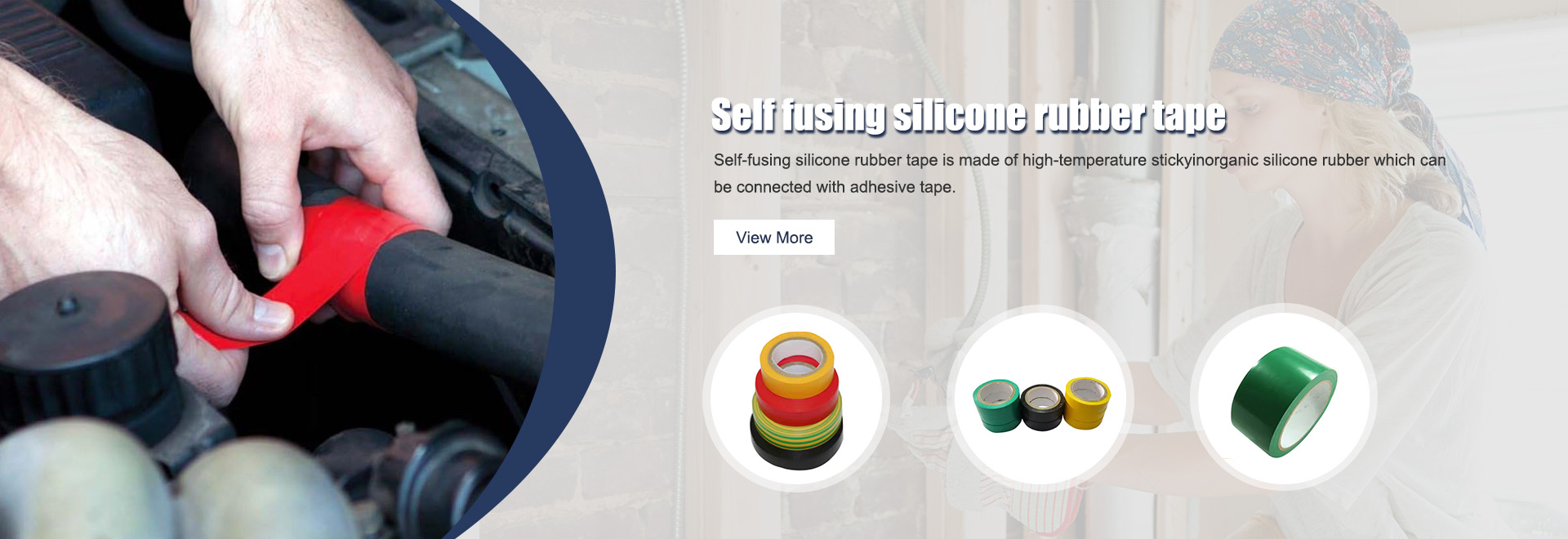Butyl Rubber Roofing A Durable Solution for Modern Structures
In the world of roofing materials, butyl rubber has emerged as a leading choice for both residential and commercial applications. Its unique properties make it an ideal solution for various environmental conditions, offering long-term benefits that other materials may not provide. This article will explore the characteristics, advantages, and applications of butyl rubber roofing.
What is Butyl Rubber?
Butyl rubber is a synthetic rubber that is produced through the polymerization of isobutylene and isoprene. It is known for its excellent impermeability to gases and water, high elasticity, and resistance to aging, UV radiation, and chemical exposure. These properties make butyl rubber an excellent candidate for roofing applications, ensuring longevity and durability in harsh weather conditions.
Advantages of Butyl Rubber Roofing
1. Waterproofing Ability One of the standout features of butyl rubber is its remarkable waterproofing capabilities. The material creates a seamless barrier that prevents water infiltration, reducing the risk of leaks and structural damage. This is particularly beneficial in areas prone to heavy rainfall or flooding.
2. Durability Butyl rubber roofing can withstand extreme temperature variations, from freezing cold to scorching heat, without compromising its integrity. Its resistance to UV rays and ozone also contributes to its longevity, making it a wise investment for property owners.
3. Elasticity and Flexibility The inherent elasticity of butyl rubber allows it to expand and contract with temperature changes. This flexibility is crucial for adapting to the movements of a building, ensuring that the roofing material does not crack or degrade over time.
butyl rubber roofing

4. Chemical Resistance Butyl rubber exhibits a high level of resistance to various chemicals, oils, and solvents. This property is particularly important for industrial buildings or facilities that may be exposed to harmful substances, providing additional protection to the structure.
5. Ease of Installation Butyl rubber roofing systems are relatively easy to install. They can be applied in a variety of forms, including sheets and membranes, allowing for a quick and efficient installation process. This can significantly reduce labor costs and contribute to timely project completion.
6. Environmentally Friendly Many butyl rubber products are made from recyclable materials, and the manufacturing process can be designed to minimize environmental impact. Additionally, butyl rubber roofs contribute to energy efficiency by reflecting sunlight and reducing heat absorption, which can lower cooling costs.
Applications of Butyl Rubber Roofing
Butyl rubber roofing is used in a wide range of applications, making it a versatile choice for various types of buildings. It is commonly found in
- Commercial Buildings Its durability and waterproof properties make it a preferred choice for flat roofs on commercial structures, warehouses, and factories. - Residential Homes Many homeowners opt for butyl rubber roofing due to its longevity and ease of maintenance, especially in flat-roofed homes or extensions. - Industrial Facilities The chemical resistance of butyl rubber makes it suitable for roofs in factories or plants where exposure to harmful substances is a concern. - Green Roofs Butyl rubber can also be used in green roofing systems, where it acts as a waterproof membrane beneath soil and vegetation.
In conclusion, butyl rubber roofing offers a multitude of benefits that make it an excellent choice for contemporary roofing solutions. Its impressive durability, waterproofing capabilities, and resistance to environmental factors make it suitable for a variety of applications, from residential to commercial and industrial uses. As the demand for sustainable and long-lasting building materials continues to rise, butyl rubber is poised to play a critical role in the future of roofing technology.
-
Self Amalgamating Tape: Waterproof Electrical Insulation & SealingNewsAug.30,2025
-
Self Amalgamating Tape: Waterproof Electrical & Pipe SealNewsAug.29,2025
-
Medium Voltage Fusion Tape | Self-Fusing Electrical InsulationNewsAug.28,2025
-
Butyl Rubber Tape for Ventilation PipesNewsAug.22,2025
-
Flex Tape Waterproof for Underground CablesNewsAug.22,2025
-
Flame Retardant Tapes for Circuit InsulationNewsAug.22,2025
